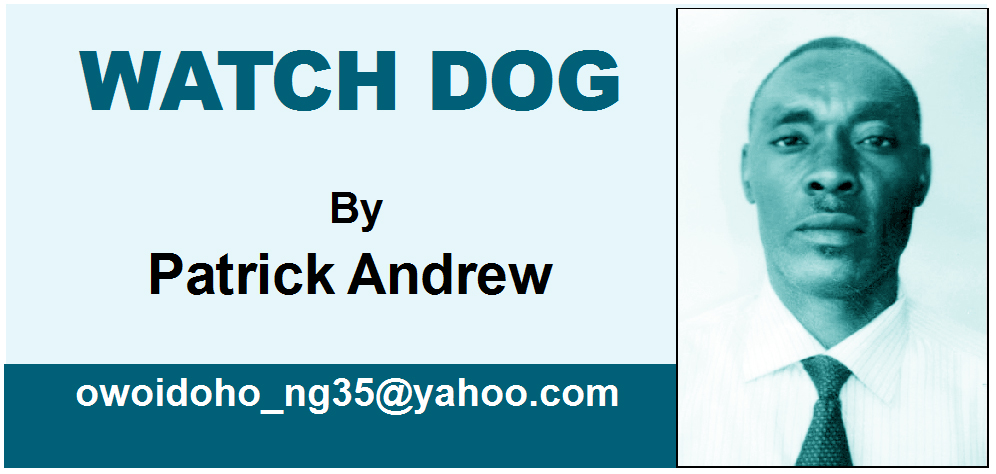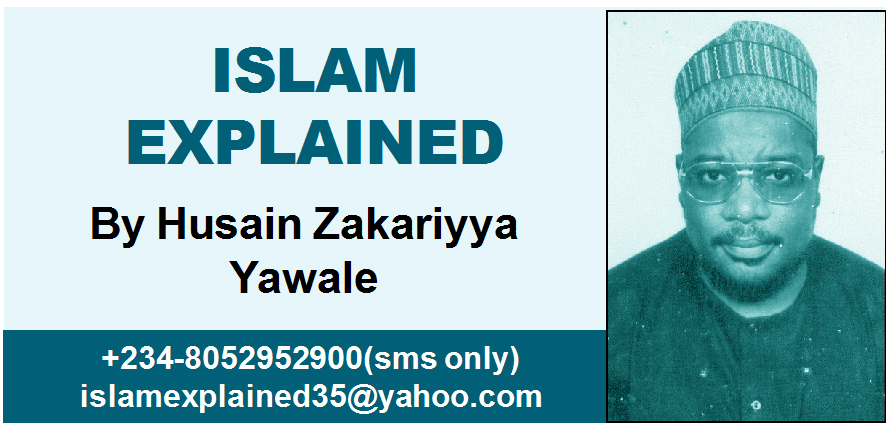Alhaji Abdullahi Mahmud Gaya is Kano state finance commissioner. In this interview with Aminu Imam the commissioner disclosed how the state is exploiting its internally generated revenue potential to compete with states like Lagos in the area of development. He also spoke on how the state plans to implement the 2012 budget Excerpts:
T here has been recent calls that states, particularly in the North, should focus more on generating income from Internally Generated Revenue (IGR) rather than depending on the monthly FAAC allocation; How is Kano state going about in this direction?
Basically, if we are going to discuss issues of budget or rather annual budget of any government, we need to look at two components. We have component A, which deals with the revenue that will be used in funding the budget, and we also have expenditure which normally arises due to the needs and aspirations of the government in power. So, what we did was to ask Ministries, Departments and Agencies (MDAs) to bring in their proposal, because when this government came into power, there was an existing policy document, or rather a poverty reduction strategy paper, so we realised Kano state has a number of poverty reduction papers, about three policy documents in place. We are trying to harmonise the existing policy documents so that we align our annual budget with our development plans. However, time was not on our side, so we have to suspend all issues of development plans and MDAs to bring submission openly. That is why we have an open budget where MDAs can bring whatever amount. The total size then was N301 billion and we have to sit down with all stakeholders to trim the budget from the N301bn to 280 billion naira. That is on the capital expenditure. On the recurrent expenditure that will fund this budget, basically, we inherited a situation in Kano where IGR was less than 500 million naira which was very worrisome at that time. So, when the government came in, we had to suspend the consultancy and made some certain amendments and reposition the statutory organisation that is saddled with the responsibility of handling the issues of IGR. By God’s grace, we have started gradually from less than 500 up to the point we had 1.2 billion naira as at November 11, 2011. So at that, we look at the trend and the global economic picture. What is happening to the oil market and other economic indicators. Normally, you cannot predict or make projection without looking clearly at economic indicators both globally and internally and what will be obtained in the states. And this is the basic thing we have done in making our projections. The IGR, we take it at 1.5 billion naira minimum, and don’t want to go to that maximum when we say we are going to generate 2 billion naira because if you say that eventually you are going to run into crisis. What we are targeting is whatever we said we are going to generate, God willing, we are going to generate it and we put all mechanism in place to make sure all the agencies that are supposed to remit revenue back to government do so in due course as and at when due.
The only thing we are expecting is to have additional funding from whatever source, to use it to bridge the gap. If excess crude allocation comes, fine, if otherwise we are anticipating that within the year government will have additional funding from other windows. So, that is why we order receipts. We have loans from World Bank and other financial institutions.
What are the major achievements recorded in terms of capital development programmes?
In the capital development programmes we look at Kano from three dimensions. The first scenario is to allocate revenue to capital development. The revenue, the current, overheard and personnel are also the capital expenditures which have a total size of 221 billion naira. So, in terms of projects I will basically talk on capital. We looked at the situation on ground. One major fact is we want to cut the number of rural-urban migration. On daily basis, people from rural areas came to Kano in search of greener pasture. That is why all the training centres are focusing on how to reposition the local governments outside the Kano metropolis so that with the presence of institutions, people will be kept busy in the grassroots. By the time you finish what you are doing, you won’t even think of coming to Kano again. This will reduce congestion in the city. Government also plans to construct 5km dualised road with street lights, drainages, and what have you. This is to make sure people in the local governments do not bother to come to the city. There are so many villagers who come to Kano, especially now that there is light everywhere because they want to see street lights. So, in order to cut that rural-urban migration, there are a variety of empowerment schemes that are positioned in all the 44 local government areas, through Community Re-orientation Committee (CRC) saddled with the responsibility of rehabilitating primary schools across the state. School feeding programme is also handled by CRC, school uniforms and training of women in various trades are all handled by CRC. About 44,000 were selected and the first phase has been concluded.
Within one and half months of signing the budget, the government has already awarded the contract. In addition to that, we want to develop a kind of Kano Geographic Information System (KAGIS), with the revenue and information components. In information component, every house in Kano will be numbered, government will know owners of buildings and people living in them similar to what is obtained in Abuja now. The second component is revenue. If lands are well captured, people will come to recertify their lands; their lands will become mobile and more useful as collaterals and so forth. In addition to that, government plans to build a new city which you have been hearing about here and there. e.g. Kwankwasiya city, Amana, Tufafi. Kwankwasiya is a load city, that is, sight and sound city. A lot of people are buying plots now. I can’t give you the total number of the plots but a lot of people are subscribing, even American embassy has indicated interest in the city. So, what you captured is construction of governor’s lodge in that place.
Apart from that, the ministry of lands and housing has paid compensation to land owners. We have various works ongoing in Kano under the supervision of Kano Urban and Physical Development Authority (KUPDA). Under ministry of works, we are embarking upon massive development across the state because the jurisdiction is not limited to Kano metropolis. There will be two flyovers at Silver Jubilee and Zoo road. All the state House members will go and decide what they want to do in their constituencies and we will supervise and award the contracts, instead of the former practice where large sums of money were given to legislators to do whatever they want to do.
In the course of doing all these, we are going to apply what we think is the most appropriate method. We shouldn’t say Lagos is ahead of us. Lagos has continuity and people who make sure things work in a proper way. In Kano, you have to do a lot of things to overcome traditions and culture of the people.












